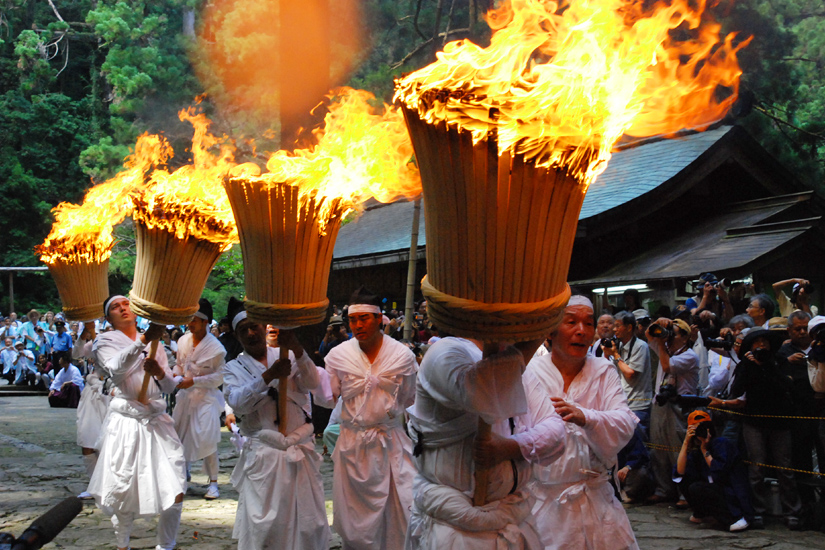
The aging and depopulation of villages in Japan is affecting the “new religions” in a similar way to that of traditional Buddhist temples and shrines, according to an article in the Journal of Religion in Japan (5). Watanabe Masako writes that the new religions, most of which started in the 19th and 20th centuries, were thought to have avoided the problems of Buddhism in rural Japan—such as young people moving to cities and leaving the elderly behind to tend to temples—because they were largely urban. Through studying two large new religions, the Shinto-based Konkokyo and the Buddhist Rissho Koseikai, Masako finds that these groups’ temples or “churches” have seen decline as they have moved into aging and depopulated areas. For instance, although 90 percent of Rissho Koseikai Dharma’s centers are in areas unaffected by depopulation, over half of the centers’ dissemination areas are in depopulated areas, now including cities. Yet these new religions are providing a new social safety net to the elderly and other needy people even if the younger generations seem more difficult to reach.
Another article in this issue looks at the rural coastal areas of Japan hit by an earthquake and tsunami in 2011 and how the disaster led to the revival of Buddhist festivals. Kimura Toshiaki writes that many villages and shrines were destroyed by the natural disasters, but “after a year had passed, the movement to revive these festivals arose in various places within this area.” Nongovernmental groups have supported these festivals since they straddle the line between the secular and the religious. Scholars argue that Shinto shrines and their festivals play a role in recovery in communities affected by such disasters because they constitute an important part of residents’ memories. In examining a prominent festival of the Kumano Shrine in the coastal villages held every 20 years, Toshiaki notes that it has long blended secular and religious functions, stressing its connection with everyday life. But after the earthquake and tsunami, the festival became more religious, adding prayers and rituals including an orthodox Shinto dance practice to what was a largely a fishermen’s festival. The researcher concludes that the “revivals of festivals after the Great East Japan Earthquake should not be interpreted as a revival of a united religion, but as an arena of a complex interaction of agents and social changes, where the secular and religious are intertwined.”
(Journal of Religion in Japan, http://www.brill.com/publications/journals/journal-religion-japan)